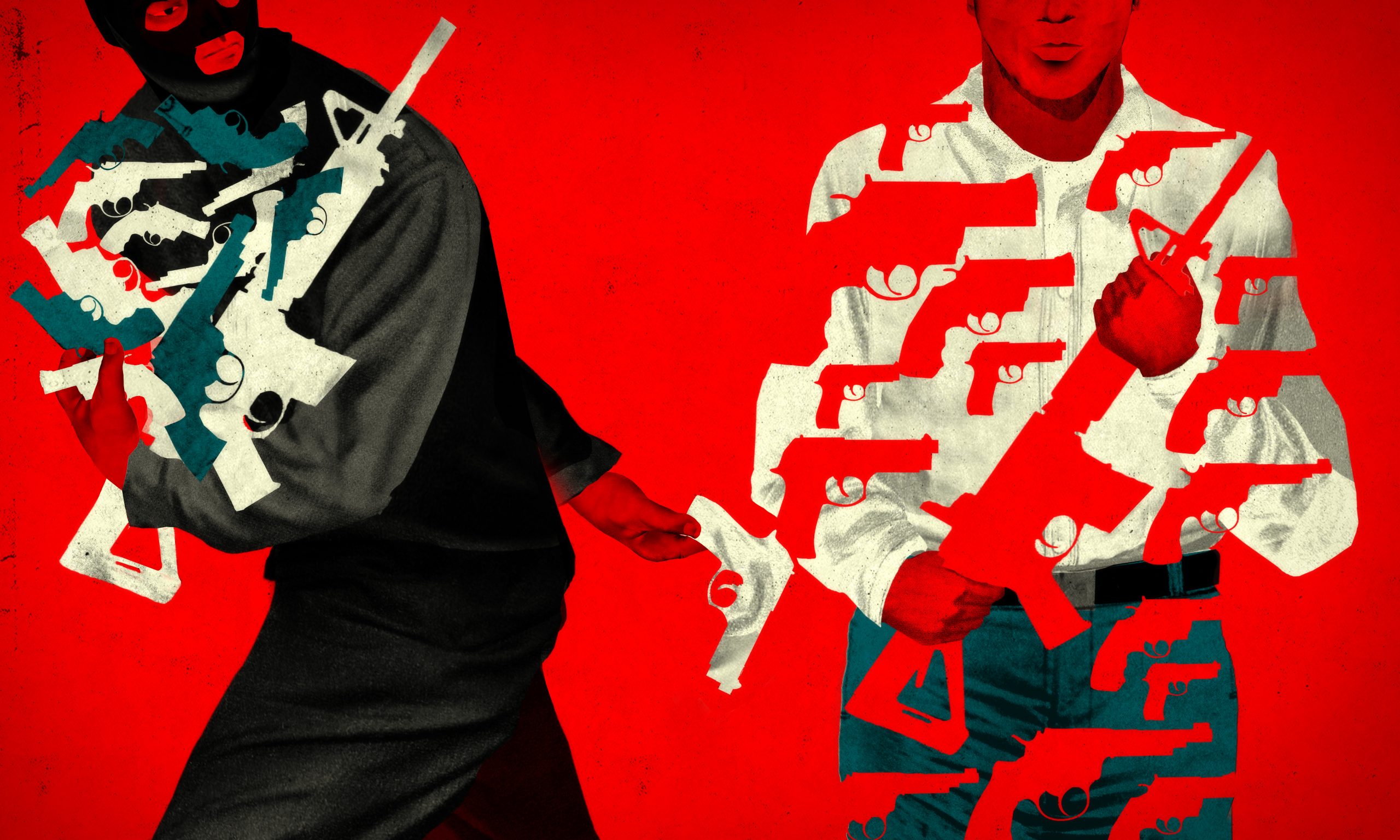For the issue of gun violence, few questions are more fundamental than how firearms go from the lawful market to the hands of a shooter who uses them to kill or maim. Spurred by recent reporting, a prominent scholar is calling for a deeper look at a previously underappreciated conduit of crime guns, outlining a three-pronged research agenda for the role of gun theft in arming dangerous offenders.
In a new paper published in the Journal of Urban Health, Philip Cook, a professor emeritus at Duke University, urges researchers to direct their efforts to understanding the share of crime guns that were previously stolen, the path stolen weapons travel in the underground market, and how many are used in shootings.
Cook said he issued his call because the current body of academic research on stolen guns is severely limited.
“I want to emphasize that gun theft is potentially an important source of guns to violent criminals, and a lot of law enforcement folks think that it is,” Cook told The Trace. “But we have not taken the steps that are necessary to really develop the evidence on that issue.”
Cook’s paper comes after a yearlong investigation by The Trace and more than a dozen NBC TV stations identified more than 23,000 stolen guns recovered between 2010 and 2016 by law enforcement agencies around the country. The vast majority of those guns were recovered in connection to another crime, including more than 1,500 acts of violence.
The Trace and NBC also obtained previously unpublished statistics from the National Crime Information Center, a national database used to track stolen property, and found that the total number of guns reported stolen nationally was trending upward, jumping 60 percent between 2007 and 2016, to more than 238,000.
Those figures certainly undercount the full scope of the problem. Gun owners who fall victim to a theft often do not know the serial numbers on their weapons. Without the serial number, police cannot enter a gun into NCIC. The absence of a serial number — a gun’s most important distinguishing feature — in a police report also greatly hinders efforts to link it to another crime.
The Trace and NBC’s investigation drew on more than 800,000 records obtained through public information requests. The records included theft reports and crime gun recoveries from more than 1,000 law enforcement agencies in 36 states.
The investigation produced one of the most sweeping reviews ever conducted of the link between stolen guns and crime, but it only scratched the surface. There are about 18,000 law enforcement agencies in the United States, and records from some of the departments that did provide data could not be incorporated into the analysis because the agencies’ shoddy or outdated systems produced poor or incomplete information.
While national data on stolen firearms exists in NCIC, it is not accessible to the public, stymieing attempts to explore the issue on a broader scale.
In his paper, Cook pointed to even more obstacles, including the fact that police rarely find the gun that was used in any specific violent crime, obscuring the data in a way that under-represents stolen firearms used in assaults and robberies.
Despite the limitations, The Trace and NBC’s investigation underscored gun theft as a public safety threat and touched off discussions in academic and policy circles about research and possible remedies that could prevent guns from slipping out of the possession of their rightful owners.
“Your work provided me with valuable information that I was able to incorporate into my own study,” Cook said. “Without your efforts this would have been a much weaker article all the way around.”
Cook recently worked with the University of Chicago Crime Lab on a study that exemplifies the challenges that researchers face in ascertaining the significance of gun theft as a precursor to violent crime. The study concluded that only between 1.5 percent and 2.8 percent of the guns recovered by the Chicago police in 2016 were stolen.
In his study, Cook highlighted several reasons the true share may be larger: For starters, gun thefts may be greatly underreported in Chicago. Up until a 2010 Supreme Court decision invalidated the city’s de facto ban on handguns, virtually all of those kept by residents were technically illegal. And some residents, Cook wrote, may still be wary of attracting police attention to their guns by reporting them stolen.
Perhaps an even greater caveat was that researchers were only provided information about crime guns previously reported stolen to the Chicago Police Department. That means any guns reported stolen outside of Chicago, then brought into the city, would not have been captured. For Chicago — a city with no legal gun retailers — crime guns originating from elsewhere are a persistent problem. A city report released last year showed that 60 percent of the guns Chicago police recovered between 2013 and 2016 originated in an entirely different state.
Cook said he has made the case with police groups that the nexus between gun theft and violent crime is an important issue to study, and he urged law enforcement to grant access to more detailed NCIC data so researchers could dive deeper into the issue.
“I don’t know why that should be seen as privileged or protected in any way,” Cook said about the data. “It’s time police executives start looking systematically at what’s going on with theft and if it’s really important, and if so, what can be done to shut it down.”

